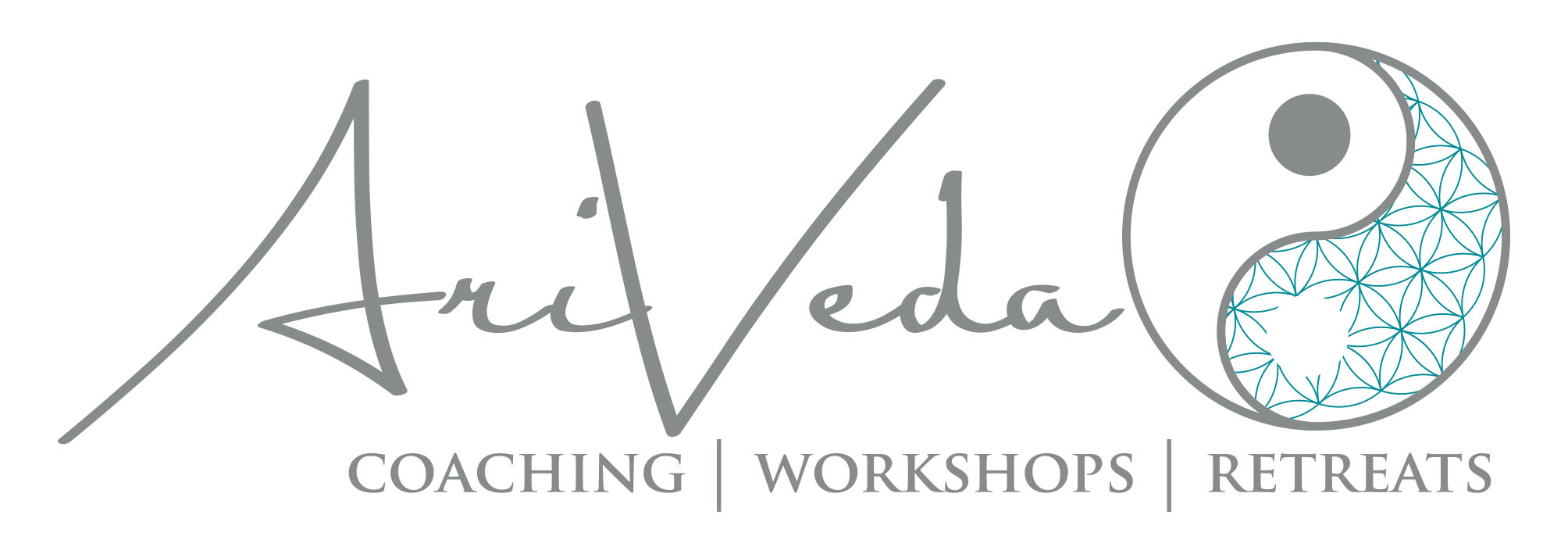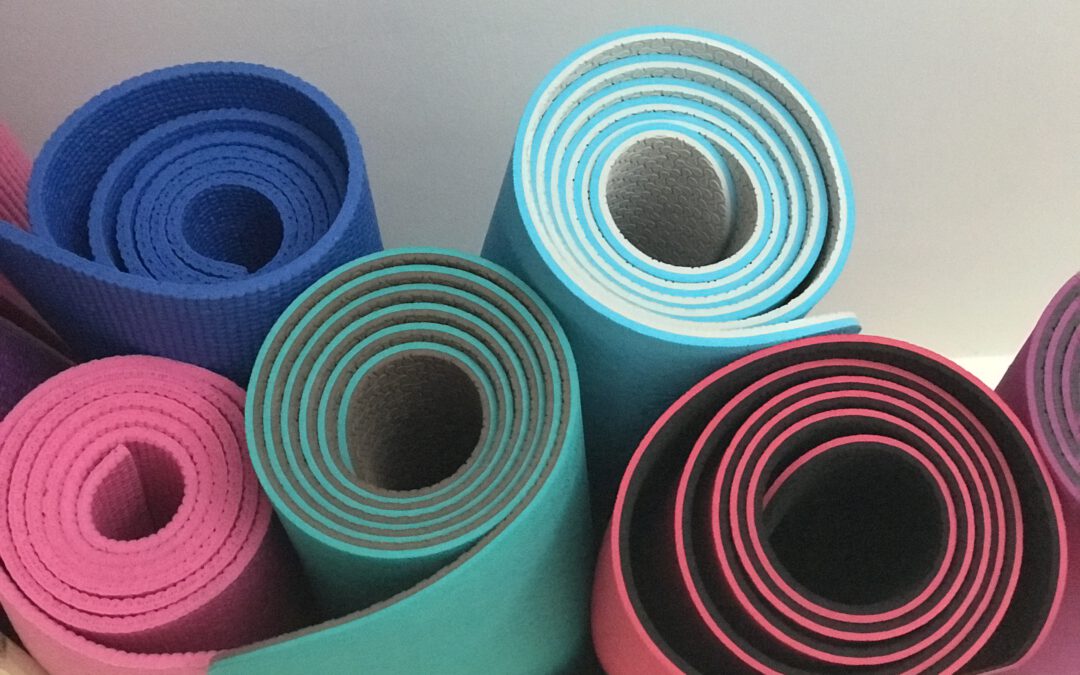A Yin-Yoga sequence for your own yoga practice
You can do this sequence in the morning, right after you got up. Especially in the morning, when your muscles and the whole body are not warmed up yet, Yin Yoga works very intensively on the fasciae. If you do the sequence in the evening instead of in the morning, it will seem easier and you will feel more flexible because your body is warmed up. In the evening after a busy working day you can balance your body and mind perfectly with it.
Keep each posture between 3 and 5 minutes. In between, relax and lie down on your back.
Each body is different. Use the yoga sketches only as a guide and concentrate on the focused part of your body that I describe, on which you can feel the “golden pain” or stretch. If necessary, change your position slightly until you feel something.
ATTENTION: Please be gentle with yourself and accept your limits. In case of problems or injuries, ask your doctor, naturopath or physiotherapist beforehand as well as go into the postures carefully and slowly. Should pain (beyond the stretch pain) occur, return to relaxation.

Start with a brief meditation– five to 20 minutes.
- Keep your back straight.
- Let your shoulders come down, relax your neck.
- Your hands are on your knees.
- After closing your eyes, bring your attention to your breath and feel your abdomen and chest rise as you inhale and fall as you exhale.
- Let thoughts come, don’t hold on to them and let them go again….
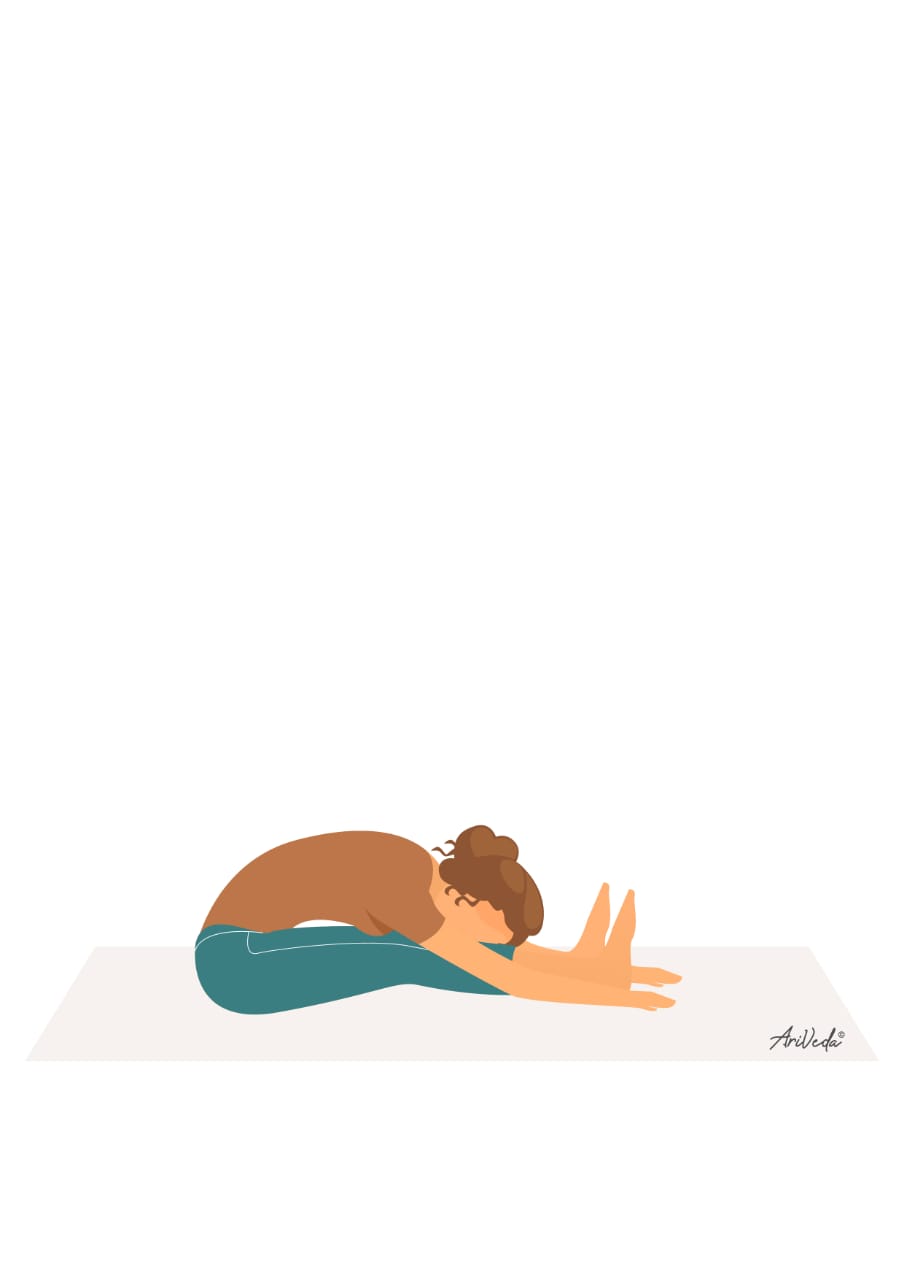
Seated forward bend
- This is less about stretching the back long, melting the torso and legs or working the muscles along the spine, but rather about yin and with that the fasciae.
- The main focus is on the lower back, where it may be slightly tense.
- Many people can also feel this stretch on the back of their legs.
- The upper part of the back may be rounded and this might even give a good stretch for the neck.
- Pillows or a cushion may be placed as a support between the upper body and the legs to remain still and passive in the asana.
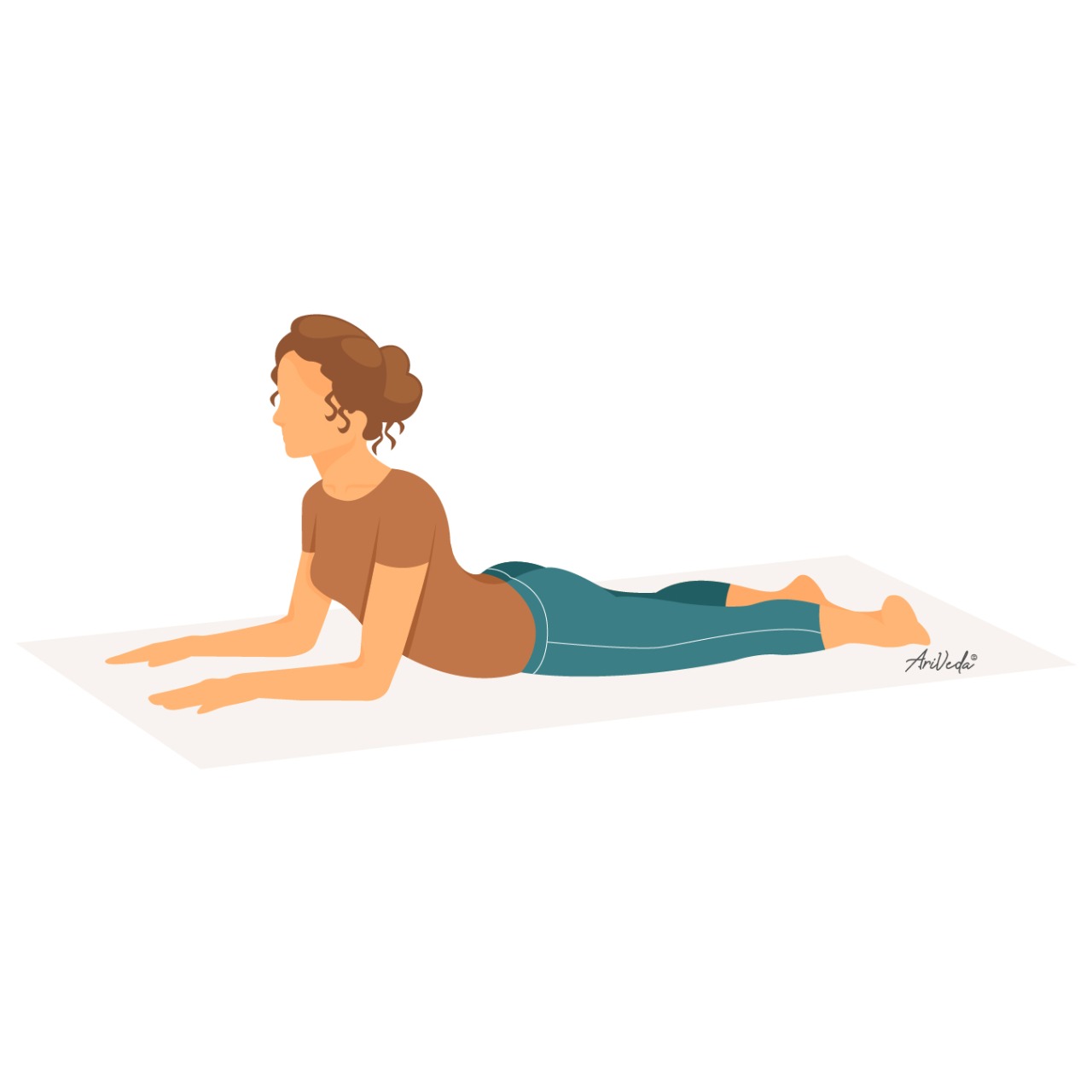
Sphinx
- This asana is a great practice if you have been sitting a lot, for example. It can relieve lower back pain and activates the spine.
- The focused lower back, especially in the area between the 1. and 2nd lumbar vertebra, we stimulate the kidneys in which, according to TCM, our life energy is stored.
- Try to keep your buttocks and legs relaxed.
- Elbows below the shoulders.
- You can put a pillow or rolled blanket under your belly to give some support.
- If you feel that the bend is too easy, extend your arms to stretch further away from the floor. Just remember that you are remaining still in the asana for a longer period of time.
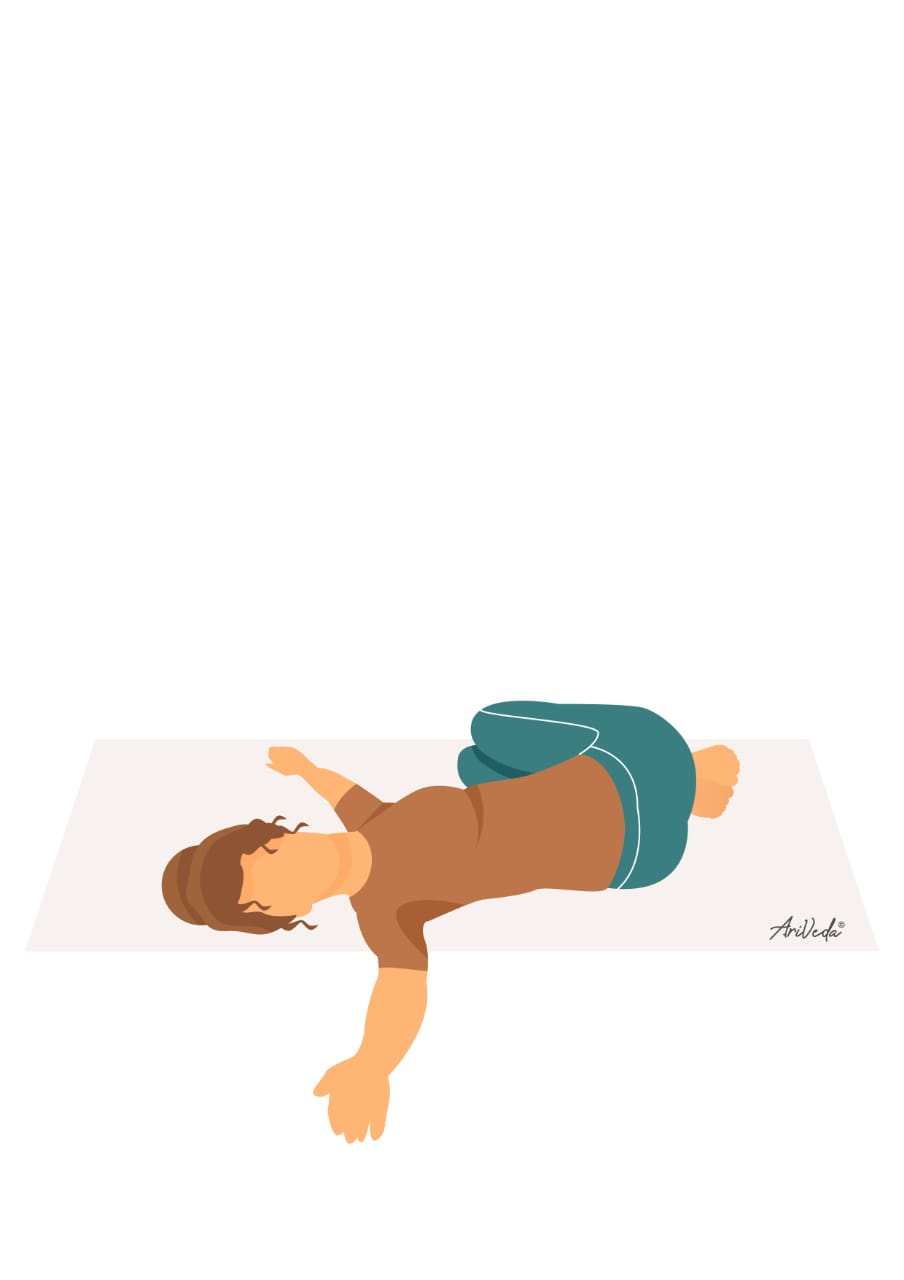
Twisting roots
- A relaxed stretch focusing on the lower back that can release tension (the “blob” from the back), opens the shoulders and massages the abdominal organs at the same time.
- Lay on your back, bend your legs and let them slide to your left side.
- The left knee touches the floor, the right knee rests on top (or for more twist the right lower leg wrapes under the left and rests on the floor). Now try to bring the right shoulder blade and shoulder closer to the floor. Both arms are straight and stretched to the side. Turn your head to the right. (continue with the other side)
At this point you can add some “yang” if needed, e.g. in the form of some rounds of Sun Salutation.

Shavasana
- Relax lying on your back.
- Legs slightly apart and arms slightly away from the body. If you feel more comfortable with your back, place a blanket under your knees.
- In case you are more the ” freezing type ” (Vata? Kapha?), gently cover yourself up with a blanket.
- Now body and mind can “digest everything” and find peace.
